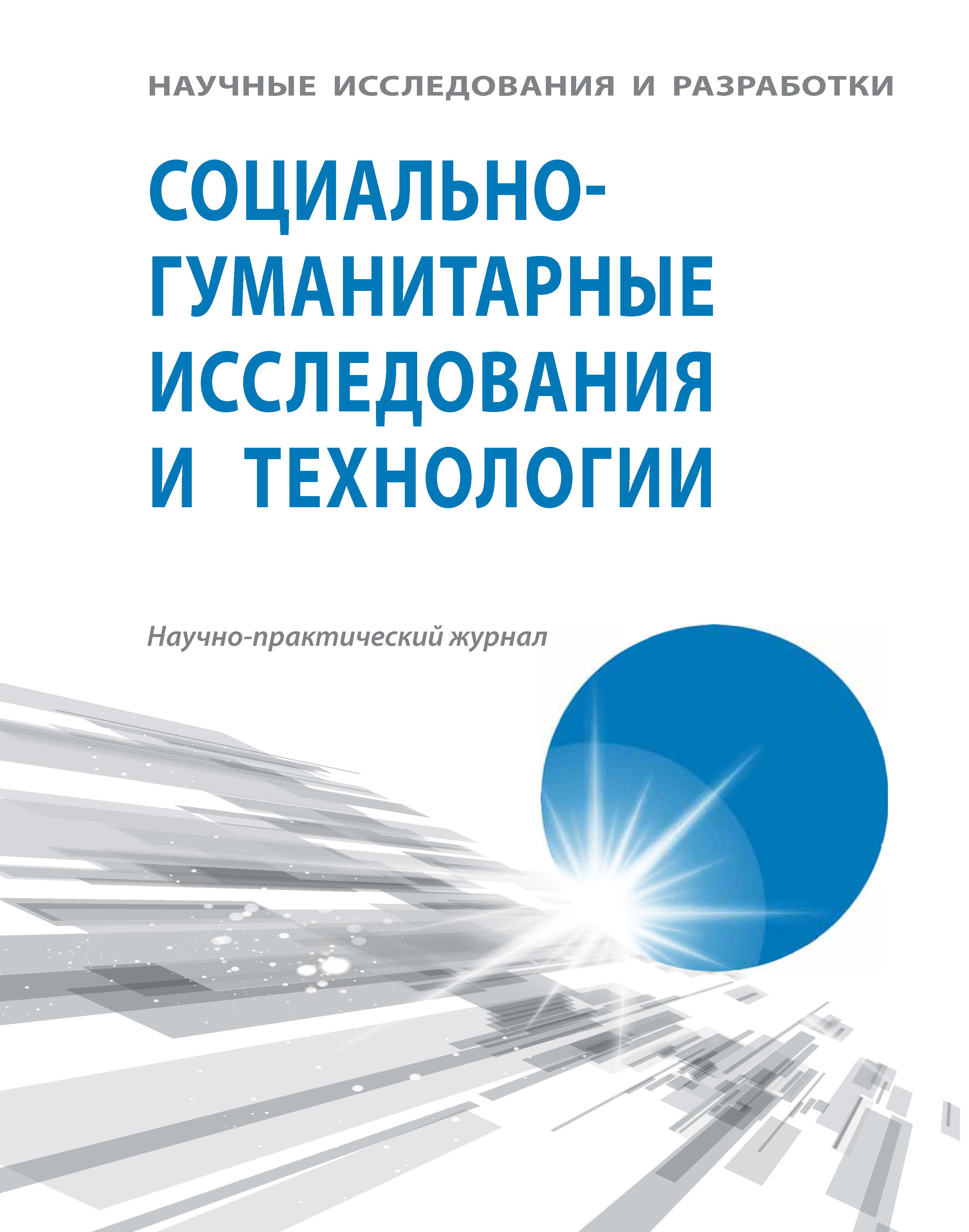from 01.01.2019 to 01.01.2021
Moskva, Moscow, Russian Federation
UDC 31
This article discusses several issues related to intellectual capital, including a historical review, interest in elusive and intangible assets, and the impact of recent technological progress related to the development of information technology. Ralph Styer, CEO of Johnsonville Foods Company, was the first to use the term “intellectual property” to refer to an organization’s intangible assets. This document also defines the concept of intellectual property, which is the totality of all the knowledge that organizations have that helps them achieve their goals. Intellectual property includes ideas, inventions, technologies, general knowledge, computer software products and programs, projects, data skills, processes, creativity and applications in all organizations. Intellectual capital is knowledge that can be converted into profit. The components of this concept were defined as follows: structural capital, human capital, social capital and psychological capital. The article also discusses various definitions presented by a number of scholars related to intellectual capital, including: Edvinsson & Malone, K.E. Svieby, Y. Malhorta, T. Stuart, Depres and Channel, as well as Mackenzie and Winkelen. The article concludes that specific issues regarding companies and the nature of the market do not allow for certain results that can be generalized by comparing modern administrative trends or attitudes that define intellectual capital as intangible assets.
intellectual capital, intangible assets, capital, success, organization
1. Barannikov A.L. Razvitie intellektual'nogo kapitala i innovacionnyh kompetenciy / A.L. Barannikov, S.P. Ivanova, O.V. Barbashina, O.V. Gribkova, D.K. Balahanova // V sbornike: Aktual'nye voprosy obespecheniya obrazovatel'noy i nauchnoy deyatel'nosti v universitete sbornik statey. Moskva, 2016. S. 5-8 EDN: https://elibrary.ru/WJROUR
2. Pryazhnikova E. Yu. Psihologiya truda: teoriya i praktika: uchebnik dlya bakalavrov / E. Yu. Pryazhnikova. -M.: Izdatel'stvo Yurayt, 2019. -452 s. EDN: https://elibrary.ru/PSGFEP
3. Radosteva M.V. Proizvoditel'nost' truda: osnovnye tendencii i klyuchevye faktory razvitiya na sovremennom etape /M.V. Radosteva // Ekonomika i menedzhment sistem upravleniya. 2018. T. 29. № 3-1. S. 162-172. EDN: https://elibrary.ru/GZSVLC
4. Sayt Gosudarstvennogo komiteta statistiki Ukrainy / [Elektronnyy resurs] - Rezhim dostupa: http://www.ukrstat.gov.ua (data obrascheniya: 10.04.2020)
5. Abbas, S. M. (2004). The intellectual capital relationship in total quality management: Analytical study and proposed model. Administrative Journal, (97): 125-48.
6. Bukh, P. N., Larsen, H. T. and Mouitsen, J. Constructing intellectual capital statement. Scand Journal Management, 2001. 1(17): 87-108.
7. Carroll, R. and Tansy, R. Intellectual capital in the new internet economy-its meaning, measurement and management for enhancing quality. Journal of Intellectual Capital, 2000. 1(4): 296-312. DOI: https://doi.org/10.1108/14691930010359216; EDN: https://elibrary.ru/EBLAMJ
8. Ho, C.-A. and Williams, S. M. International comparative analysis of the association between board structure and the efficiency of value added by a firm from its physical capital and intellectual capital resources. The International Journal of Accounting, 2003. 38(4): 465-91.
9. Joia, L. A. Using Intellectual Capital to evaluate educational technology projects. Journal of Intellectual Capital, 2000. 1(4): 341-52.
10. Mustafa, A. S. Human resource management modern intellectual capital management. Cairo. 2004.
11. Najm, N. A. Knowledge management concepts, strategies and processes. Second Edition EDN: https://elibrary.ru/Dar Al Warraq: Amman. 2008.
12. Petty, R. and Guthrie, J. Intellectual Capital literature review measurement, reporting and management. Journal of Intellectual Capital, 2000. 1(2): 155-70. DOI: https://doi.org/10.1108/14691930010348731; EDN: https://elibrary.ru/EBLAJH
13. Yassin, S. G. Knowledge Management: Concepts. Systems and Techniques: Amman. 2007









